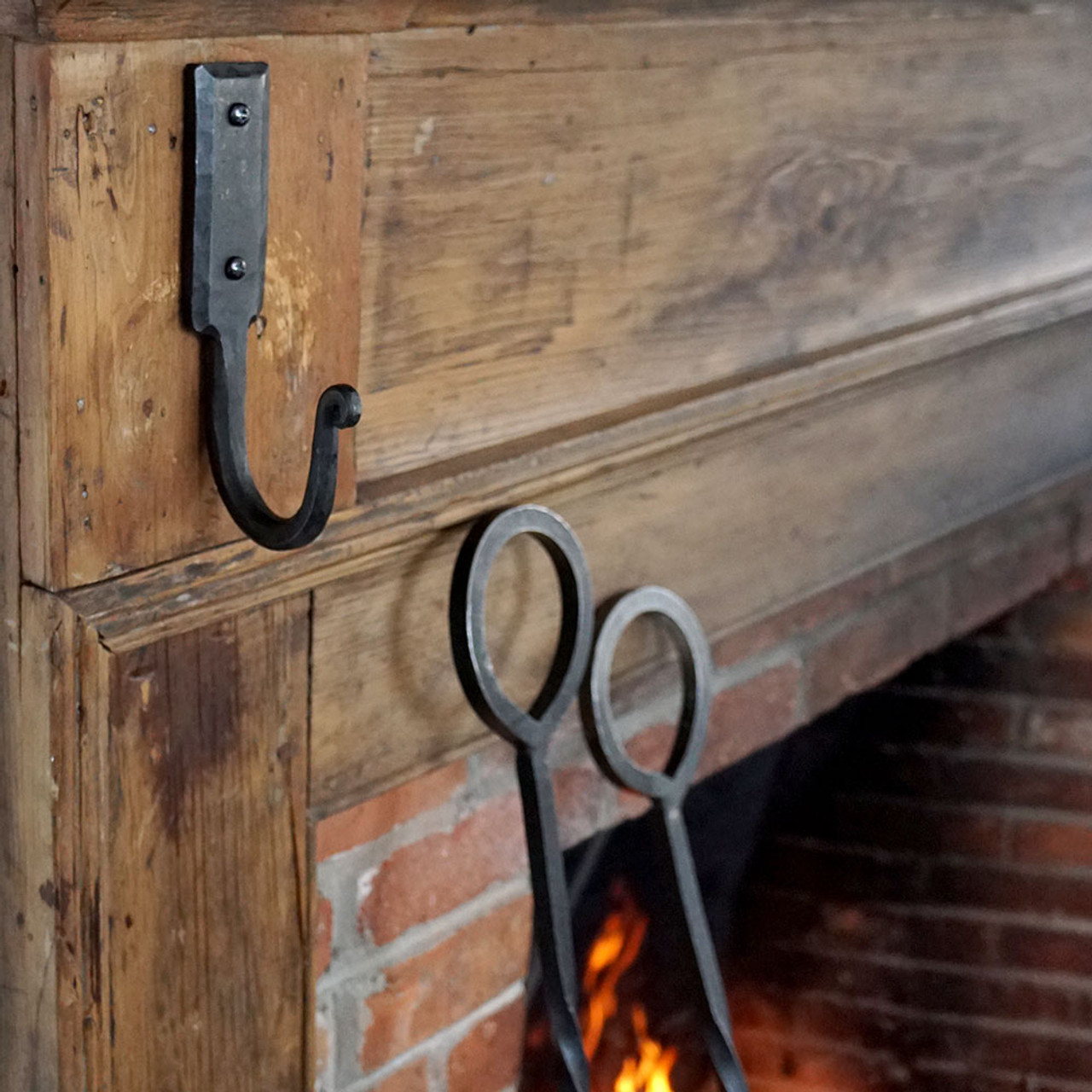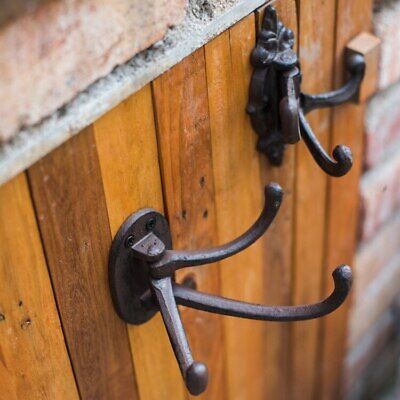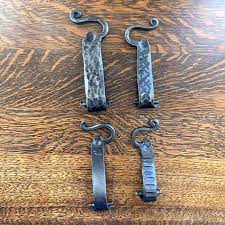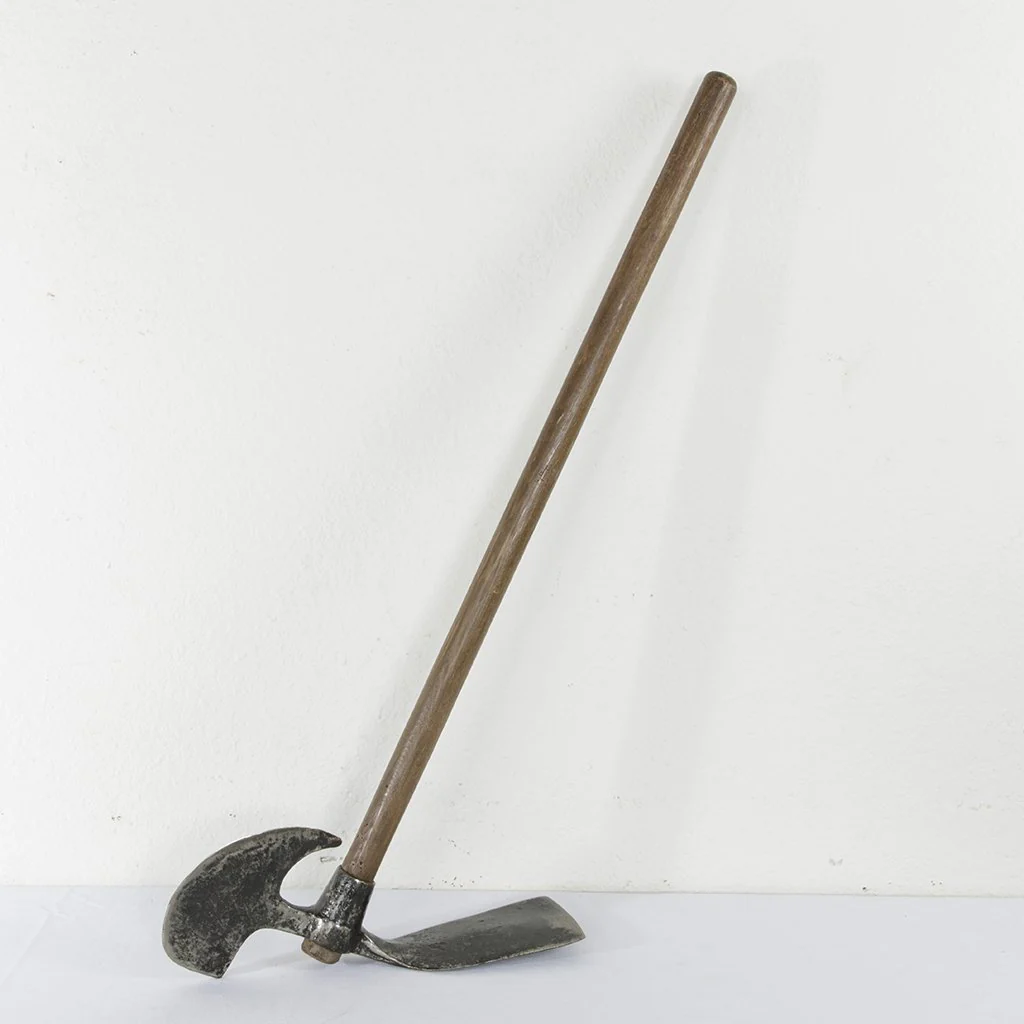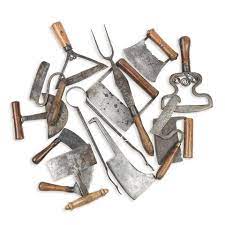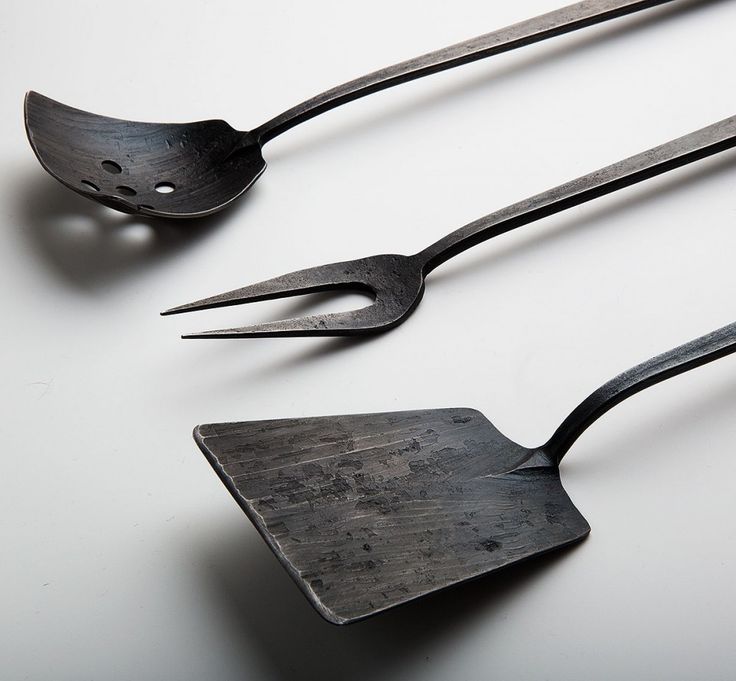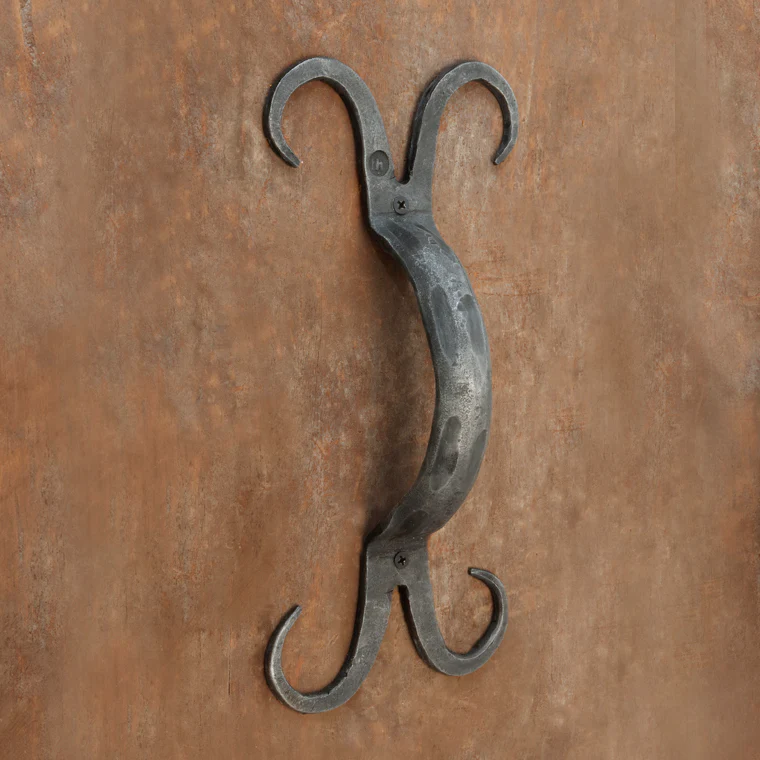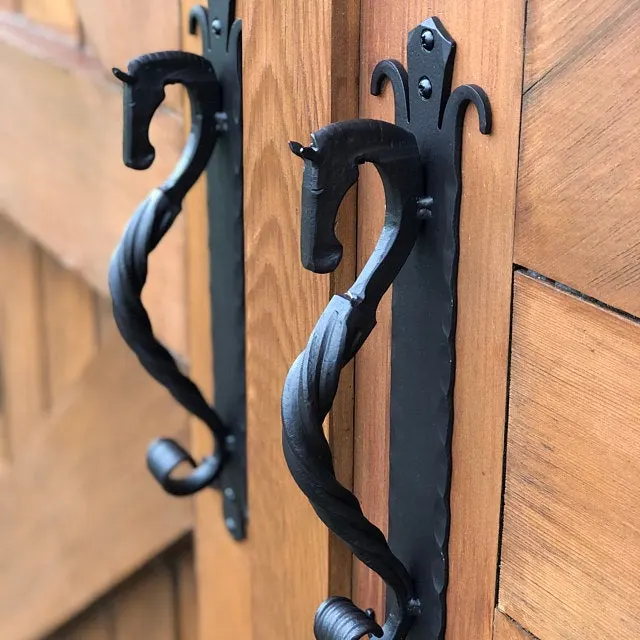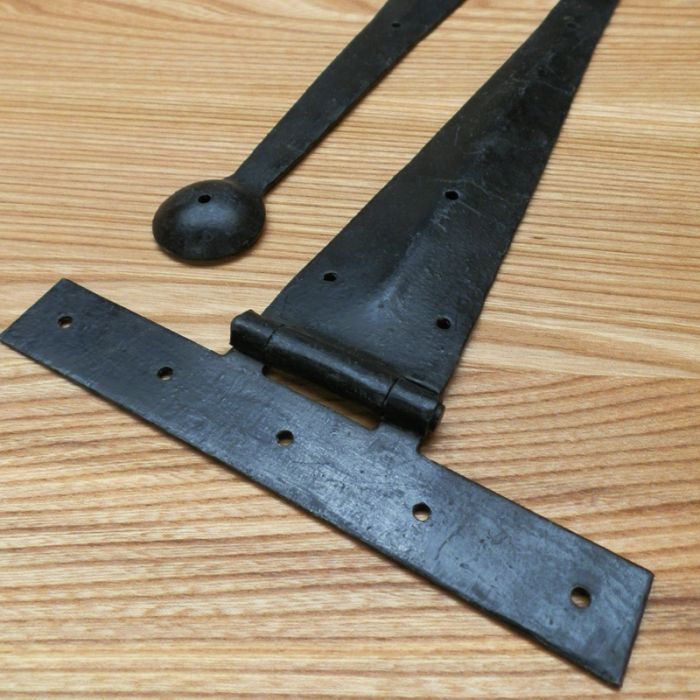About Hand-forged Iron
Hand-forged iron is a traditional metalworking technique where skilled blacksmiths heat, shape, and hammer iron into various forms. This labor-intensive process results in unique, durable, and artistic pieces, including tools, gates, and decorative items. Hand-forged ironwork is prized for its craftsmanship and timeless appeal in both functional and decorative applications.
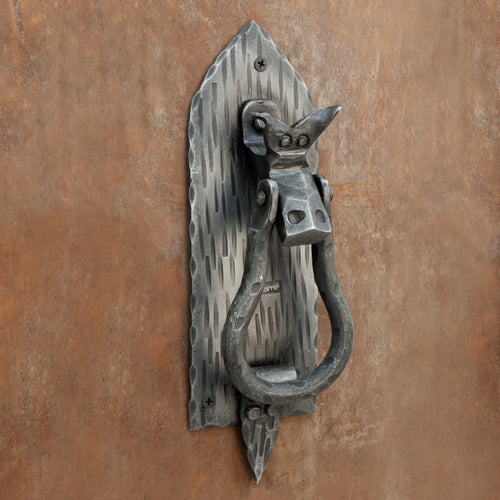
- Hand-forged iron is crafted by skilled blacksmiths using traditional techniques.
- The process involves heating iron until it's malleable and then shaping it with hammers.
- This method produces sturdy and uniquely designed items like tools and decorative pieces.
- Hand-forged ironwork showcases exceptional craftsmanship and durability.
- It is highly sought after for its timeless aesthetic in both functional and ornamental uses.
- From gates to intricate artworks, hand-forged iron remains a symbol of artisanal excellence.
